
As a rare white metal, silver is widely used not only for its excellent ductility and toughness, but also for its excellent chemical stability. At present, the supply of silver mainly depends on two sources: mineral silver mined from mines and recycled silver produced through waste recycling and other channels. However, mineral silver can only meet about 70% of global demand, which makes it particularly important to improve the recovery rate of silver and the beneficiation technology.
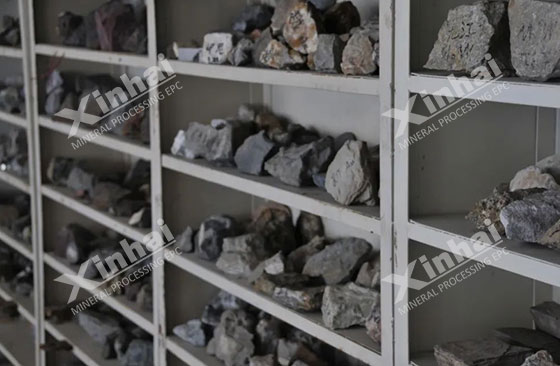
In nature, silver exists in various forms and often coexists with other minerals, especially in galena. In addition, under specific geological conditions, silver can also form some secondary minerals. Therefore, it is particularly important to adopt appropriate beneficiation methods for different types of silver ores to improve the recovery efficiency of silver and meet market demand. Next, we will introduce several common beneficiation methods for silver ores in detail and explore how to further improve the recovery rate of silver by optimizing the process flow.
Silver-containing ores are mainly divided into two categories: silver-gold ores and lead-zinc-copper associated silver ores. The dressing methods for silver-gold ores mainly use flotation and cyanidation, and the specific choice depends on the composition of the silver minerals. When the silver minerals in the ore are mainly argentite and native silver, both flotation and cyanidation are applicable. However, if the ore contains a large amount of deep red silver ore, light red silver ore or selenium silver ore, which are difficult to treat by cyanidation, flotation becomes the only feasible option. It should be noted that there is a difference in the recovery rate between flotation and cyanidation. Generally, the recovery rate of cyanidation is higher.
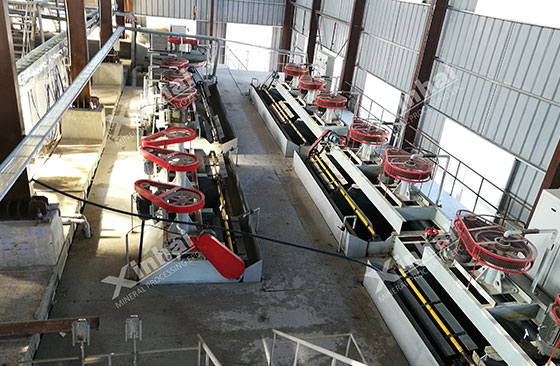
Due to the complex mineral composition of lead-zinc-copper associated silver ores, its mineral symbiosis, embedding characteristics and oxidation degree are different, so the beneficiation effect will also be quite different. Flotation is a common method for treating lead-zinc-copper associated silver ore. In the selection process, it can be treated according to the process conditions and reagent system of the main metal, without directly selecting a single silver concentrate, but enriching silver in the lead, zinc or copper concentrate. Subsequently, it is recovered through a smelting process, in which the silver in the lead concentrate enters the crude lead ore with the main metal, and the silver in the copper concentrate enters the matte. This process is relatively simple, low-cost and has a high recovery rate.
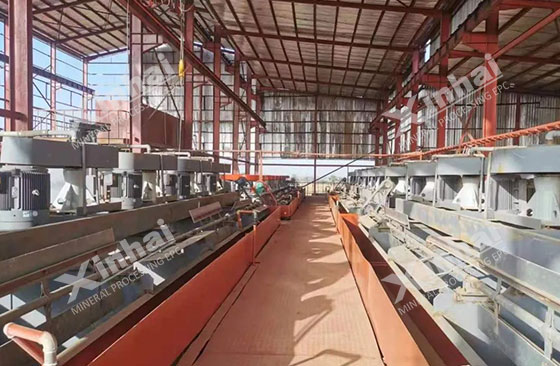
Due to the rapid increase in the demand for silver and the rise in silver prices in recent years, ore dressing plants have gradually paid attention to the comprehensive recovery of associated silver in lead-zinc-copper polymetallic sulfide ores. In order to obtain ore dressing indicators, the following methods will introduce you to improve the silver recovery rate of such ores:
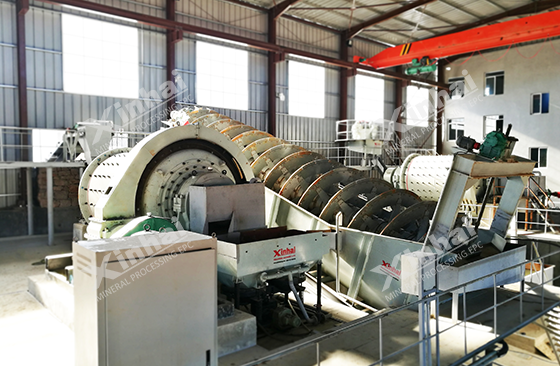
1. Optimize the grinding process and increase the grinding fineness: Since silver minerals are often embedded in fine particles in lead-zinc-copper polymetallic ores and closely coexist with other minerals, in order to improve the recovery rate of associated silver, it is necessary to optimize the existing grinding process and increase the grinding fineness. When selecting the grinding process and fineness, it is necessary to consider both the feasibility of the technology and the rationality of the process, as well as the economic benefits.
2. Use cyanide-free or micro-cyanide process: During the flotation process, minimize or avoid the use of cyanide to avoid inhibiting silver minerals or carrier minerals to promote the recovery of associated silver.
3. Increase the types of collectors and use them together: Butyl ammonium black powder is one of the main collectors for the flotation of lead-zinc polymetallic sulfide ores. It not only has good selectivity, but also has a strong collection ability for silver minerals. The use of butyl ammonium black powder in combination with xanthate, ethylthiocyanate, esters and other collectors can effectively improve the recovery rate of associated silver and lead-zinc minerals.
4. Improve the mineral processing process: When designing the mineral processing process, it is necessary to ensure the recovery effect of the main metals lead, zinc and copper, and also take into account the comprehensive recovery of associated silver. The use of mixed flotation or partially mixed flotation technology is helpful for the recovery of associated silver, but the determination of the specific process still needs to be based on the actual situation and continuously improved through mineral processing tests and practice.
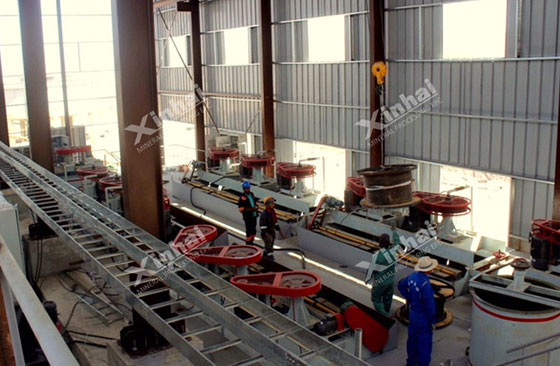
In summary, with the growth of silver demand and the rise of silver prices, how to improve the recovery rate of silver ores has become particularly important. By optimizing the grinding process, rationally selecting flotation agents and improving the beneficiation process, the beneficiation plant can effectively improve the recovery rate of silver, especially for complex lead-zinc-copper associated silver ores. In addition, the selection of appropriate process means and process combinations can maximize the recovery of associated silver while ensuring the separation effect of the main metal. The continuous optimization of these technologies and processes can not only meet the market demand for silver, but also provide strong support for the efficient utilization and comprehensive recovery of mineral resources.
To find out more about our products and solutions, please fill out the form below and one of our experts will get back to you shortly.